10. Seattle

One of the distinguishing features of the Seattle-area life sciences market is that very little manufacturing is done in the region. Nearly all Puget Sound-area life sciences industry activities are based on research and development. Among the R&D firms are expanding cancer and drug research companies.
Next: Minneapolis-St. Paul9. Minneapolis-St. Paul
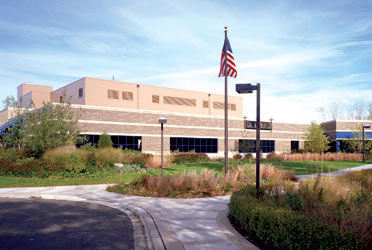
Industry-leading companies, a highly skilled work force, and world-class research capabilities have made Minneapolis-St. Paul the Midwest leader in medical device manufacturing. The area ranks second in the nation in this life sciences sub-sector with slightly more than 38,000 employees.
Next: Los Angeles/Orange County8. Los Angeles/Orange County
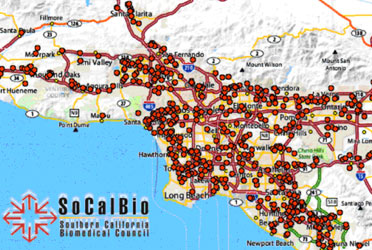
The Los Angeles/Orange County cluster has the largest life sciences-related employment pool in the country, with over 118,000 individuals actively working in the industry. The region currently leads in medical device manufacturing, but also is emerging as a pharmaceutical and biotechnology development and manufacturing leader.
Next: New Jersey/New York City7. New Jersey/New York City
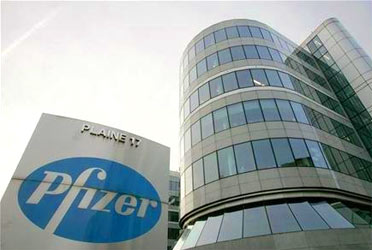
The New Jersey/New York City area remains one of the most desirable locations for life sciences firms in the country, with the highest concentration of college graduates in the nation. The cluster directly employs more than 106,000 people.
Next: Washington, D.C., Metro Area6. Washington, D.C., Metro Area

The Washington, D.C., Metro Area life sciences cluster has benefited tremendously from the area's large federal government presence. Government agencies - such as the National Institutes of Health (NIH) and the Food and Drug Administration (FDA) - have provided contracts for private-sector companies as well as a critical mass of scientists who have gone on to start or staff many of the region's private life sciences companies.
Next: Philadelphia5. Philadelphia
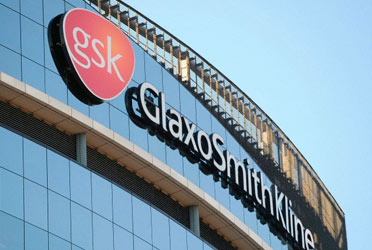
Philadelphia's large concentration of leading academic institutions and pharmaceutical companies has positioned the city as a central life sciences hub in the Mid-Atlantic region, feeding the region's 432,000 jobs and $20.2 billion in life sciences earnings, and accounting for nearly 15 percent of the city's economic activity.
Next: Raleigh-Durham4. Raleigh-Durham
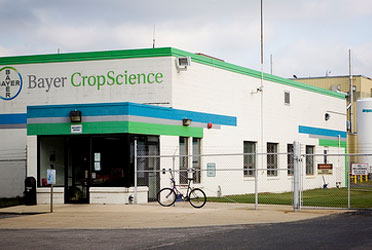
Raleigh-Durham, which jumped five spots in the rankings, demonstrated large-scale growth and new development fueled by agro-technology companies Syngenta, BASF, Monsanto, and Bayer CropScience, which recently opened a new $20 million research greenhouse.
Next: San Francisco Bay Area3. San Francisco Bay Area
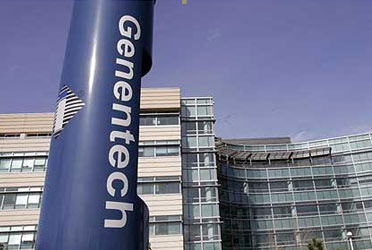
San Francisco maintains its third place ranking among the top 10 life sciences cities, bolstered by its proximity to institutions of higher education and venture capital funding, as well as its talented work force.
Next: San Diego2. San Diego

A strategic combination of intellectual capital, research facilities, and public-private funding opportunities is causing San Diego to rise in importance as a life sciences hub, surpassing larger cities like San Francisco and Los Angeles. San Diego recorded a staggering $13.8 billion in M&A activity in the last 12 months, including AstraZeneca's acquisition of Ardea Biosciences, Hologic's purchase of Gen-Probe, and Bristol-Myers Squibb's offer to acquire Amlyin Pharmaceuticals.
Next: Greater Boston1. Greater Boston

Established clusters, such as Boston, still top the chart of life sciences cities, with more than 74,000 employees serving the pharmaceutical, biotechnology, and medical device sub-sectors.